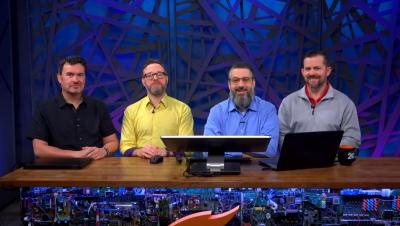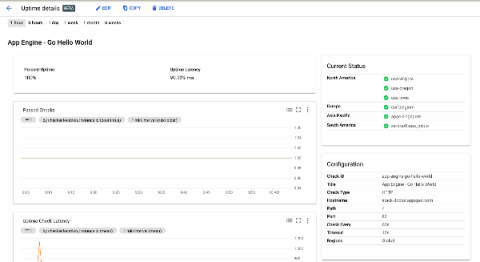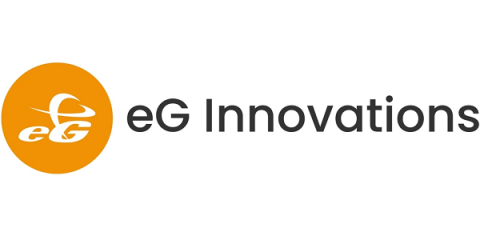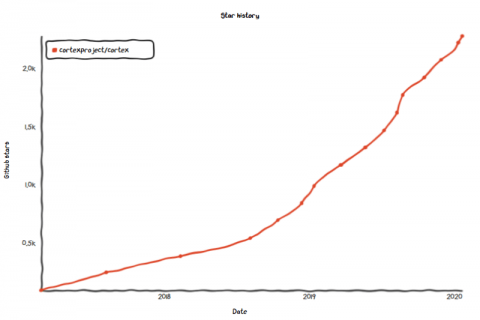Operations | Monitoring | ITSM | DevOps | Cloud
Monitoring
The latest News and Information on Monitoring for Websites, Applications, APIs, Infrastructure, and other technologies.
SLOs with Stackdriver Service Monitoring
Service Level Objectives or SLOs are one of the fundamental principles of site reliability engineering. We use them to precisely quantify the reliability target we want to achieve in our service. We also use their inverse, error budgets, to make informed decisions about how much risk we can take on at any given time. This lets us determine, for example, whether we can go ahead with a push to production or infrastructure upgrade.
Unified Monitoring and the Paradox of IT Culture Change
I have a coffee mug on my desk that I got from a sales manager many years ago. It’s now filled with pens (I don’t drink coffee), but I take a look at it once in a while. I was starting to think about IT transformation again and noticed a picture of my daughter and an expired AAA card (I might have been thinking AARP) as I looked at that old mug… it reminded me I’m not getting any younger. But it also reminded me of a paradox of culture change.
Using Honeycomb to remember to delete a feature flag
Feature flags are great and serve us in so many ways. However, we do not love long-lived feature flags. They lead to more complicated code, and when we inevitably default them to be true for all our users, they lead to unused sections of code. In other words, tech debt. How do we stay on top of this? Find out how Honeycomb’s trigger alerts proactively tell you to go ahead and clean up that feature flag tech debt!
Insights from Sapphire Ventures: Grow Efficiently, Focus on Culture
Today on the blog, we chat with Jai Das, president, co-founder and managing director of Sapphire Ventures, a venture capital firm in Silicon Valley and an investor in OpsRamp. Jai has 20 years of experience in helping companies scale and become market leaders, including Alteryx, Box, ExactTarget. Five9, Mulesoft, Nutanix, and Square. Prior to joining Sapphire Ventures in 2006, Jai worked at Oracle, Intel Capital, Agilent Ventures, and MVC Capital.
The best way to collaborate through recorded messages - CloudApp
In this era of globalization, sharing information has been made quiet doable for everyone. Whether it is in the form of text, an image, a video or any other visual form, thanks to the built-in features of mobile devices, like screen recording and screenshots etc, sharing information has become a cinch. In fact, most people prefer sharing information in the form of an image or a video instead of typing lengthy text messages.
Virtana Achieves Record Bookings and Customer Growth as Hybrid Infrastructure Management Adoption Accelerates in 2019
The Future of Cortex: Into the Next Decade
The Cortex project, a horizontally scalable Prometheus implementation and CNCF project, is more than three years old and shows no sign of slowing down. Right now, there are a lot of things going on in Cortex, but sometimes it’s not clear why we’re doing them. So I want to provide some clarity for both the Cortex community – and the wider Prometheus community – regarding our intentions, especially with regards to the Thanos Project.
LogicMonitor and Unomaly can pre-empt business problems with AIOps
Curious about AIOps these days? You’re not alone. AIOps (Artificial Intelligence for IT Operations) is all about analyzing and automating your IT operations using artificial intelligence and machine learning algorithms. These operations include end-to-end workflows that bring monitoring, analytics, incident management, and automation systems together with a common goal of optimizing and automating operational tasks.
Observability vs Monitoring
Observability is a hot Subject right now, stirring a great deal of debate among IT admins. This report brings some clarity and will shed some light on the topic – “What is the difference between monitoring & observability?”. Enterprise IT is complex as IT infrastructure solutions are delivered from enormous datacenters located at remote locations.











